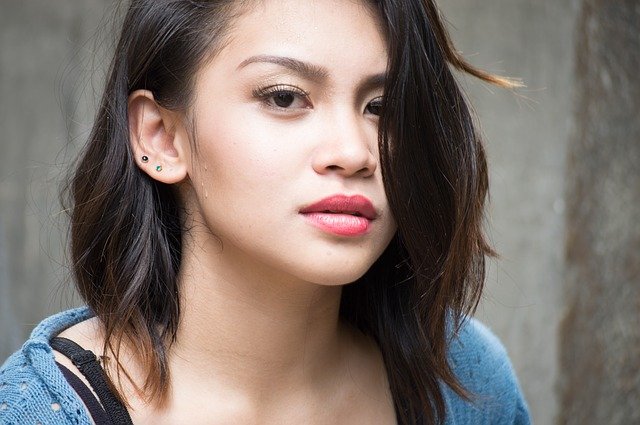
Different sources will give you different advice about taking pictures. This article will show you how to turn your exposures into top-notch prints that express the way you see the world.
You should create depth and perspective when photographing landscapes. Foreground is very important in landscape photography; place an object in the foreground to create a sense of depth and scale. Setting a small aperture, no greater than f/8 with most consumer digital cameras or f/16 with a full-frame SLR, will provide sharpness to both the foreground and background.
Framing is a very important aspect of photography. Get rid of distracting elements by zooming into your focal point. This will unclutter the photograph as well as eliminating unnecessary focal points.
You will learn so much if you watch other photographers. Seeing their work can remind you of all the various ways to take photos of many moments.
Choose your very best pictures if you are going to expose your work. Do not display all of your photos or ones of the same things over and over. Your audience can become bored with repetitive images or too many of them. Keep it fresh by showing different facets of your photography.
When it comes to capturing great shots of people, you should aim to have a slightly blurred backdrop. Having your background in full focus is bad; it will take away the focus from your subject. You can get your subject to come closer to your camera, or adjust your f-stop settings to achieve this effect.
Experiment with the white balance feature. Light bulbs generally cause a yellow color in photos when you take them indoors. It is often not necessary to alter the lighting itself, when the white balance can adjusted to give you a wide variety of options. This slight change in quality will make your photographs have a much more professional look about them.
Take pictures of strange and interesting things when you travel to a new place. Small unique details are often what makes a particular item, location or face interesting. You can also take photographs of everyday items from a variety of perspectives.
Take down notes on different experiments you perform while taking your photographs. If you take countless photos, it may be hard to recall why or where you took them. Use a notepad to record numbers of photos and descriptions.
Pre-focus your camera and proceed to move to the side a bit so as to offset the main subject from the center of the lens. Centering can be very expected and therefore not all that interesting to look at in a photo. Off-centering your shots in a variety of ways will make your shots more thought-provoking.
When embarking on a journey, keep your camera handy from the very beginning. A good shooting location doesn’t necessarily have to be a beach or a famous landmark; you may find your best shots are ones in a car or rest stop. Photos of yourself and your travel mates in an airplane, train or other mode of transportation can help tell a story.
This advice gives away some of the paramount things to keep in mind when photographing an object. Whether you are learning the basics or a seasoned photographer, you can use the advice listed here to begin taking pictures with improved quality and composition.